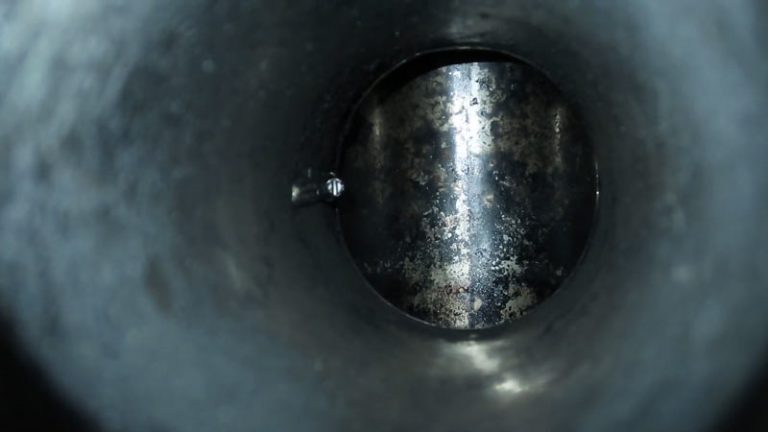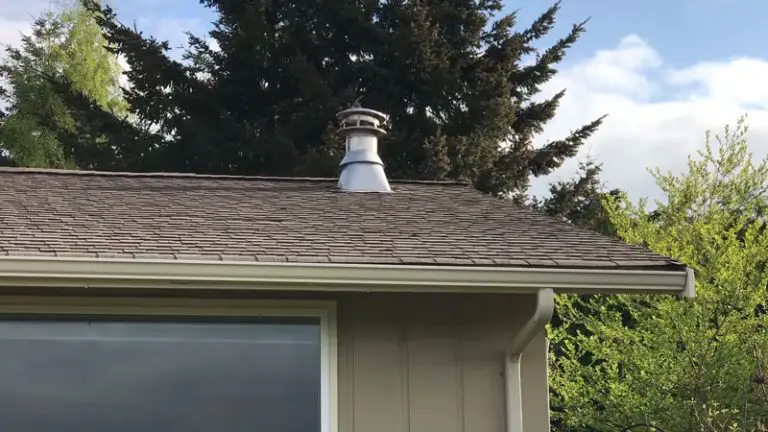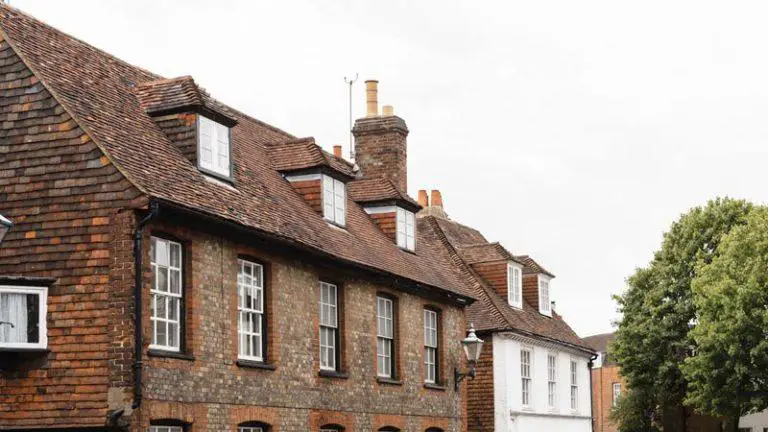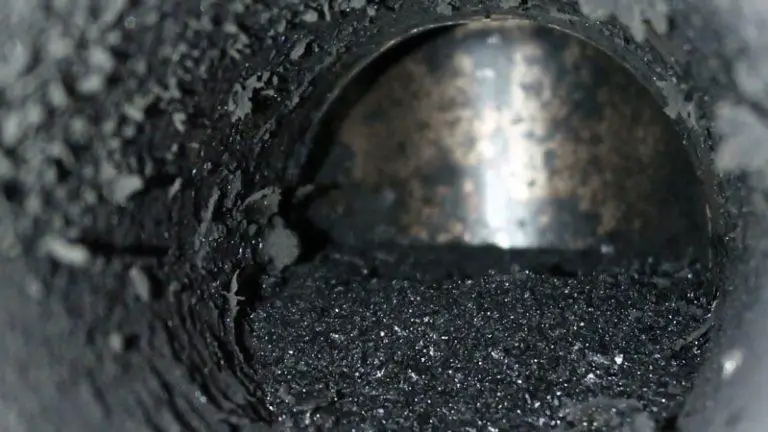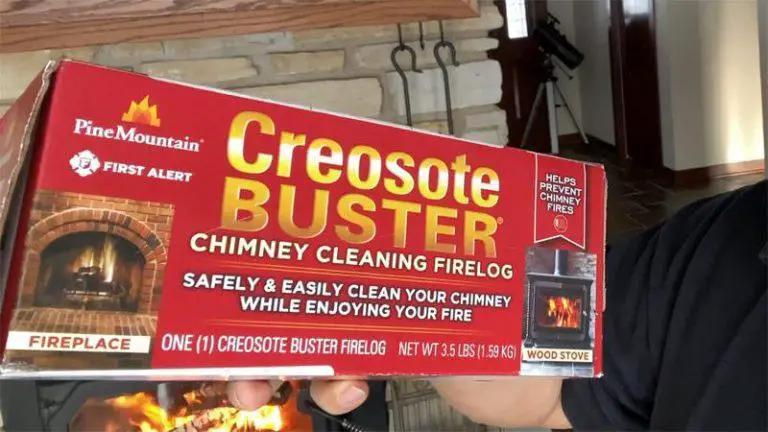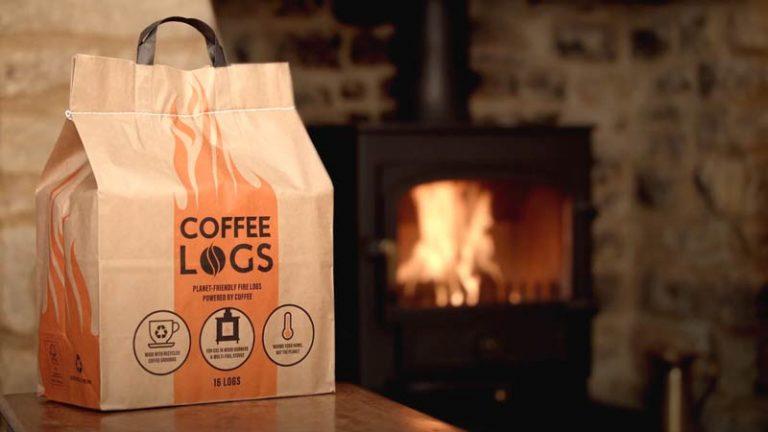How Often Should You Burn A Creosote Log
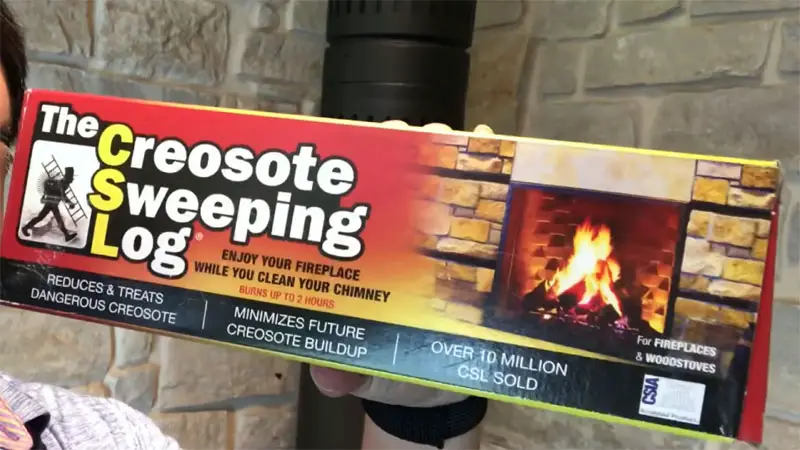
Keep a Chimney Log to track how often you use your fireplace and make sure it’s up-to-date before the year is up. If you haven’t used your fireplace in over 60 days, start planning for an outdoor fire instead.
A record of how often you used your chimney can help prevent any unnecessary repairs or trips to the fire department in the future. It might take longer than two months for hitting 60 fires with regularity, but if done correctly, this could be avoided altogether by taking note of your past habits.
You'll Learn About
How Often Should You Burn A Creosote Log?
Making and using a chimney is an important part of having a healthy fireplace. If you don’t use your fireplace for 60 days or more in a 12-month period, the fire department may come to check it out.
Keeping track of how often you used your fireplace is essential to ensure that it continues to work properly. It’s also helpful if you make a record of this information so that you can remember what happened each time you used your fireplace.
Don’t worry if hitting 60 fires within two months isn’t easy – every little bit helps when it comes to keeping your home warm and cozy.
Use One Chimney Log For Every 60 Fires
Creosote logs are effective when used one for every 60 fires in a wood-burning stove. Be sure to clean your chimney once a year and replace the creosote log if needed.
Keep an eye on the fire and add more fuel as necessary so you don’t waste any of the creosote logs. Check weather conditions before lighting your fireplace. If it’s windy or cold, wait until conditions improve before starting a fire with a creosote log.
A properly maintained wood-burning stove will allow you to use all of the creosote logs without having to buy new ones.
Make A Record To Remember How Often You Used Your Chimney
Burning a creosote log helps prevent chimney fires and can help clean your fireplace. Keep a record of how often you use your fireplace to remember when it’s time for a cleaning.
Burn the logs every three months or as needed to prevent build-up on the flue liner and spark plugs in your furnace/fireplace. Make sure that all debris has been removed from around the firebox before burning the log, including leaves, limbs, branches, etcetera..
If there is any type of obstruction in your chimney (elevated rooflines, trees…), have an expert inspect and clear it before lighting up the fire again.
Hit 60 Fires Within Two Months
If you’re not using your firewood, it’s important to burn a creosote log every two months to prevent harmful fungus and insects from growing. A Creosote Log will help with the smell of smoke and make your outdoor fires look more natural.
You should be able to hit 60 fires within two months if you follow these simple steps: Make sure that all of your wood is dry before burning; wet logs will create an intense heat which can cause accidents or property damage. Using a Creosote Log prevents many types of wildfires and keeps you safe while outdoors.
How often should you use a creosote log in your fireplace?
Clean your fireplace chimney once a year to prevent build-up of soot and ash. Burn a creosote log in the fireplace every time you have a fire, to help clean the air and start the burning process again quickly.
Keep the logs clean by burning them off regularly, and make sure your fireplace is well-maintained for best results.
Do creosote sweeping logs really work?
Sweeping creosote logs can be a great way to remove the sticky material from around your home’s foundation and pipes. Creosote is made up of chemicals that can damage your home’s water supply, insulation, and other components.
Sweeping the logs will help get rid of the creosote-based adhesive before it has a chance to do any serious damage. Sweeping logs won’t remove creosote. Creosote is a type of oil that forms from the burning of fuel in an engine.
Sweeping logs won’t be able to get rid of this residue, which will then cause continued problems with your car’s emissions. In addition, sweeping logs can actually damage your chimney and lead to increased maintenance costs down the road.
Chimney sweepers are a much more effective way to remove creosote residue and are safe for both you and your home. Additionally, cleaning services may still be necessary if residual creosote remains on surfaces after using a sweeping logger.
When should I burn a creosote log?
When you burn a creosote log, you’re creating smoke that’s made up of tiny particles. These particles are made up of organic materials and oil. Creosote is a type of wood that has been treated with a chemical to make it resistant to fire.
When burning creosote logs, it is important to remember the following tips:
- If you notice that the creosote layer on your log has increased by more than half a sheet in 24 hours, it is time to sweep out the fire and start over.
- Always check for smoke and carbon monoxide levels before starting a new fire. Burning anything without checking these levels can lead to serious health risks.
- Keep a clean chimney every year by sweeping out any build-up of ash and debris and using water and soap to clean it thoroughly. Creosote logs should only be burned in an open flame with plenty of fresh air circulating around them to help avoid potential fires from spreading easily.
Can you burn wood with a creosote log?
There is a way to burn wood with a creosote log. Just you can’t do it with a campfire. And it requires a lot of work. And you’re supposed to do it with a creosote log.
Can you burn wood with a creosote log?
Yes, creosote sweeping logs are compatible with fireplaces, wood stoves and wood/gas inserts. The key to using these logs is to make sure that they are kept dry and free from any moisture. It’s also important to keep the sweeps close to the fire so that they will heat up quickly and start burning.
Do not use more than one sweepings at a time in your fireplace, as this can create an excessive amount of smoke and potentially dangerous conditions.
Never use Logs Near Electrical Appliances
When using a creosote sweeping log near electrical appliances such as fans or lights, be sure to avoid contact between the two materials because it could result in a hazard.
Also remember not to leave the sweepings around when you’re finished. Store them away safely until next time you need them for cleaning purposes.
Keep Your Sweepings Dry To Prevent A Mess
If your sweepings get wet while being used, they will become heavy and difficult to handle which may lead to clogs or other problems during cleanup later on down the line – don’t risk it. Instead, try keeping them dry by storing them in a cool location out of direct sunlight – like under stairs or inside a closet – until you’re ready for use again.
Alternatively, if space isn’t an issue consider using an outdoor storage container instead where rain won’t cause issues.
Place The Sweepings Close To The Fire And Watch Them Carefully
Be aware of how much flame is coming from your logs before beginning each cleaning session. Too much heat can cause sparks which could ignite the combustible material within the sweepings causing serious damage or even loss of life. Make sure there’s enough air circulating around your logs so that flames do not reach into surrounding areas- always watch carefully while cleaning for potential hazards like this.
And finally… never allow children unsupervised access to the fireplace during clean-up – accidents happen easily when kids are trying something new (like playing with matches).
Will a hot fire remove creosote?
Creosote is a type of tar that builds up on the surface of wood over time. When fire heats the wood, it can break down some of the creosote and release harmful chemicals.
However, this process won’t completely remove creosote from your fireplace or stovetop. Cleaning the chimney before you burn wood or trash can help to remove any creosote that may have formed.
Creosote is a flammable material that forms when oils and other materials are burned in an open flame. You should completely burn all of the creosote-forming material before lighting your fire, so that there is no possibility of a fire starting from this material.
Use a Chimney Brush to clean out any remaining debris in the chimney if necessary. Never use acetylene torches, propane torches, or other types of hot fires to remove creosote buildup from your fireplace. These high temperatures will only make the problem worse. Instead, try using a professional cleaning service like Chimney Sweeps Chicago LLC for expert assistance with this task.
Make sure you follow all safety guidelines while burning anything in your fireplace—including making sure there’s enough fresh air flowing into and out of it at all times.
How to Find Rim Joist on House?
To Recap
You should burn a creosote log every 3-6 months to prevent the build-up of creosote in your chimney. Burning a creosote log will also clean out the chimney and improve airflow.

